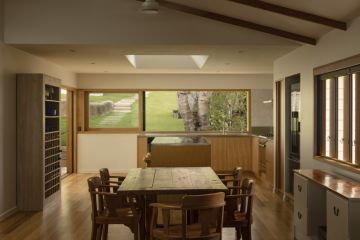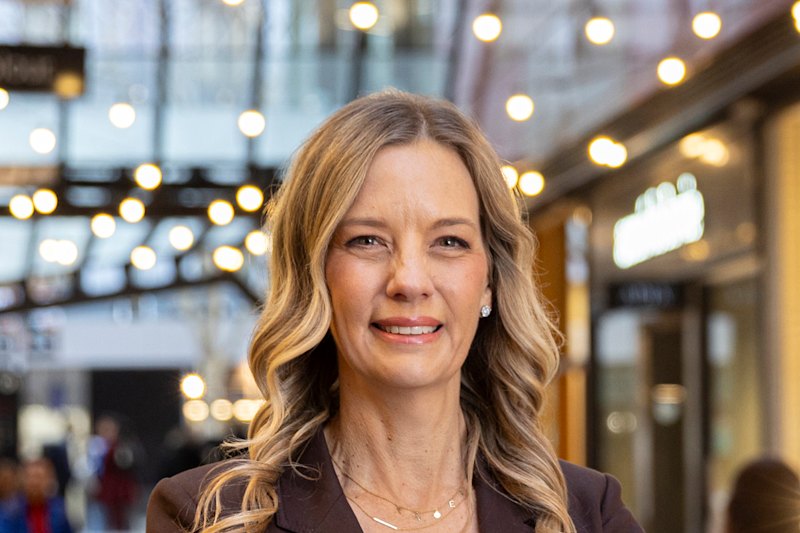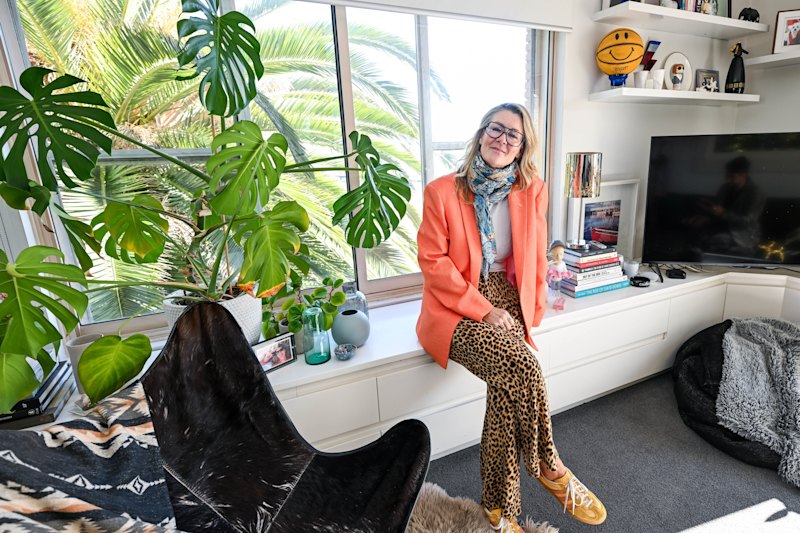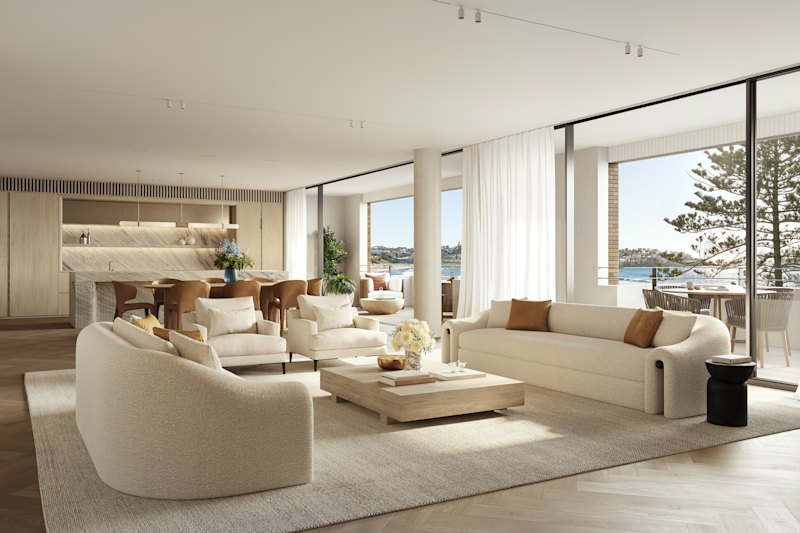How to keep your home from looking dated
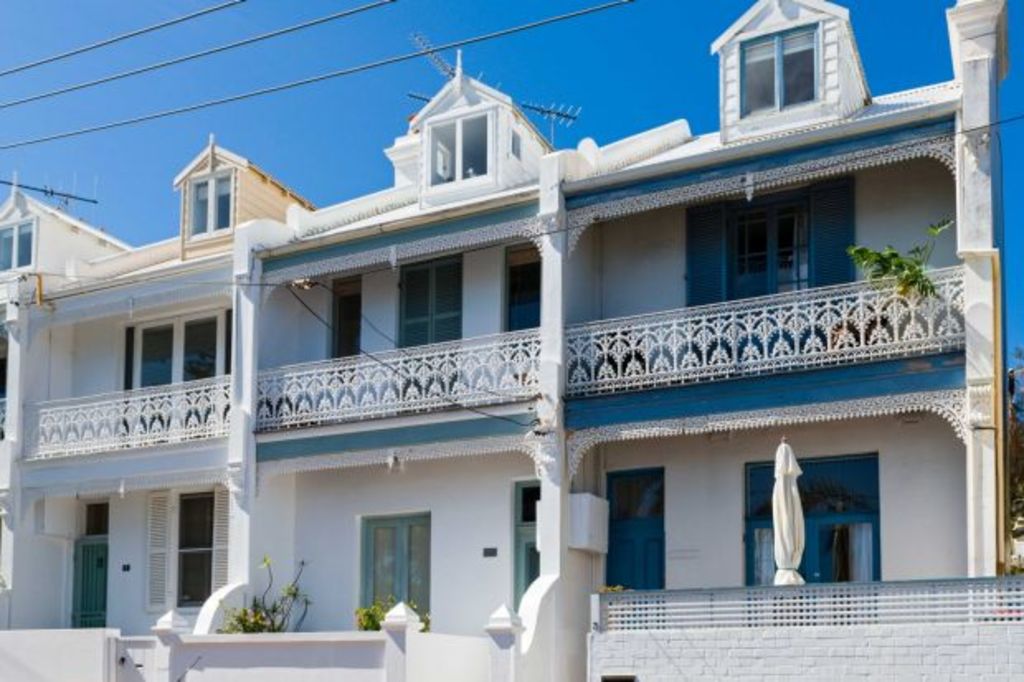
Trends happen to the best of us, as they should. Everyone should relish the style of their current era, live in the moment and make memories in their own heyday. Unfortunately, style isn’t eternal, and sometimes no matter how much money and time you invest in decorating your home (or how few trends you fall for), your interior decor becomes dated, and the look you once loved doesn’t work as well.
Despite your best efforts, that brightly coloured accent wall you painted in the ’90s just isn’t looking so fresh any more, is it? This doesn’t mean you have bad taste or that your house is old; it’s just that this part of your home is starting to look a little dated. So how do you passe-proof your home? Ahead, we list a few tips to keep your dwelling up-to-date.
Figure out your personal style first
You know which clothing styles work on your body, but do you know what decor suits your abode? Knowing your personal interior style is crucial if you want to create a home you’ll love beyond the current season. No one can afford to take that risk. So ask yourself the following: What defines my personal taste? What colours do I love? And why? The key is to determine your personal style fundamentals first; then build on them.
Have a flexible colour theme as the base
Pick a base colour palette that allows for some flexibility as the trends change each season. While many will expect this to be a mostly neutral theme, leading Australian interior designer Shaynna Blaze says it’s all about warm and cool, and “whether you love white and grey or cream and stone as a base to build your colours on.” Once you settle on a preference, sticking to that constant colour theme throughout your home should prevent it from looking dated too quickly and ensure it survives the seasonal trends. It’s the perfect backdrop to feature period pieces, so you can still have fun with timely styles.
Keep your paint job fresh
Nothing screams modern like a newly painted interior. It doesn’t have to be white either; it just needs to be fresh. Painting is the simplest and cheapest way to update your home when it’s starting to feel a little unfashionable. Whether you do it yourself or hire a good contractor, you’ll hit a home run.
Avoid themed rooms
You might be in a Moroccan mood right now, but will you still love that boho vibe in five years’ time? It’s OK to throw in some Aztec accents and the odd printed pouf or exotic throw, but entire rooms built around just the one theme will become dated very quickly. Mix it up, and fuse elements of the look you love with modern and traditional decor that will complement each other and work together over the long term.
Layering is good, but have restraint
So you’ve finally discovered your personal style. You’ve added a few sentimental trinkets to the room and a couple of themed decorations you’re into, but then your partner added theirs too. You added some furniture you just inherited, and you got a good deal on some cute decor at the local flea market. OK, so now you have to stop.
We love a little layering: it creates a diverse space that keeps the eye moving. But it can also restrict your home and add years to its appearance. Try to make some time every quarter, as the new season hits, to cull the items in each space of your home. It’s an easy yet effective update that costs nothing.
Be prepared to embrace change
In the end, despite all of the above, you have to be adaptable and move with the times. Interiors are changing quicker than ever, and they’re not about to slow down any time soon. If you’re open to change, you can adapt your home quickly to embrace the newness as it arrives and find a way to intersperse it. It can be simple things like changing your cushions, giving your living room a lift with some new artwork or updating the hardware in your bathroom to bring it from drab to fab.
Budget for the next wave
Interior trends have a habit of changing on us, but that shouldn’t stop you from buying that “in” piece you really love. Put aside a budget that allows you to move within the times and enjoy those sporadic moments; it’s fun to play with what’s new. But really consider what you spend your money on because furniture trend cycles are shorter than ever before in the Age of Disposable Decor.
We suggest a separate savings account for the major makeovers such as the bathroom or kitchen. These can be costly too; on average, a high-end kitchen can set you back over $50,000. As the two biggest and most frequented rooms of the house, they are the first thing to make your home look dated. Don’t say to yourself, “Oh well, I hired a designer five or 10 years ago.” We’re here to say it’s time for a refresh. That’s when that dedicated decor savings account will come in handy.
– McClatchy Tribune
We recommend
States
Capital Cities
Capital Cities - Rentals
Popular Areas
Allhomes
More
